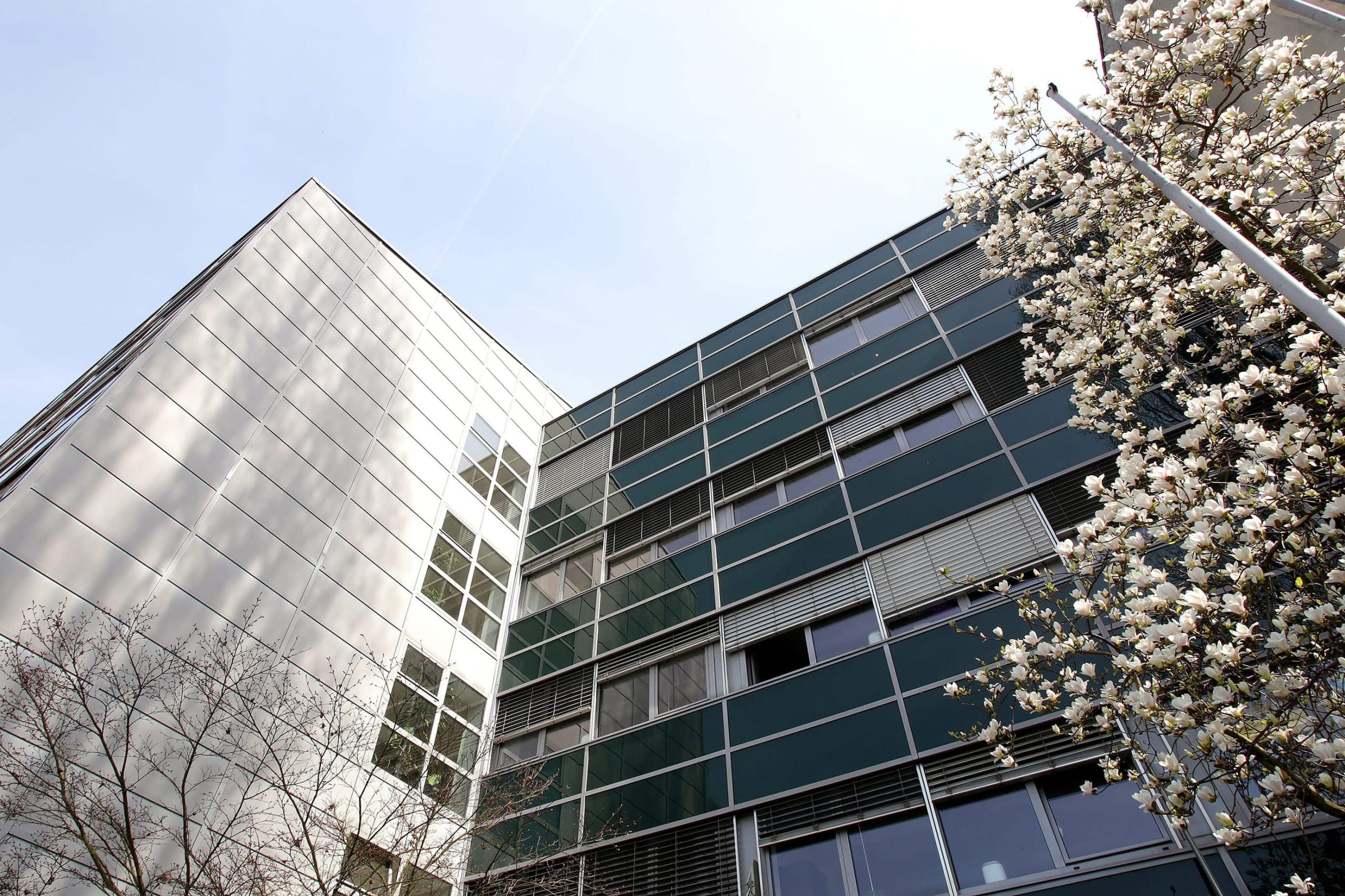Croatia is one of the EU’s youngest members: the country only joined in 2013, and it adopted the European currency just at the beginning of 2023. Nonetheless, it is a highly innovative country: its performance on the European Innovation Scoreboard is above the EU average by 16.5 percentage points, and it continues to increase at a higher pace compared to the continental mean value. However, some weaknesses are highlighted by the EU: Croatia does not have high government support for R&D, and few top R&D spenders in general. This factors, mixed with hardships when starting a business and low entrepreneurial training, risks undermining Croatia’s efforts at becoming an R&D powerhouse in Central Europe.
Still, researchers are working hard to turn the tide. This is particularly the case at the Energy Institute Hrvoje Požar (EIHP) in Zagreb. The organisation’s unique structure in Croatia makes it more flexible than other research centres. A self-financed institute, the EIHP provides services to both the public and the business sector, facilitating the collaboration process between the two realms, too often detached. The EIHP performs a wide range of tasks, including but not limited to a combination of consultancy services, policy advisory, and basic research. According to Dr Vesna Bukarica, Senior Researcher at the institute’s Department for Renewable Energy Sources and Energy Efficiency, “EIHP can be best described as a research consultancy”.
The activities of EIHP position it at the forefront of the region when it comes to research and innovation. Not only does it possess the capacity to support Croatian researchers and institutions, but it also operates as a bridge towards the EU for those countries in Eastern Europe that are not yet Member States. In addition, the EIHP keeps ongoing activities with extra-EU countries, getting involved in projects with the United States and United Nations agencies, striving to create a network for research and innovation in Southern Europe. On a more European level, it keeps active collaboration channels with Italy, Slovenia and Hungary as main neighbouring partners.
The institute is active in many fields, including but not limited to energy balance and statistics, energy production and markets, renewable energy, climate and environmental protection, and e-mobility. While being active in all areas with projects, might they be under the scope of Horizon Europe, Interreg or LIFE programmes, one of EIHP’s core activities revolves around the sustainability of buildings. Under this topical area, a national training centre for nZEB(N) (net zero energy buildings) was established. This is the first project started by EIHP, back in 1975 when the institute refurbished its core building. The project went through constant modernisation refurbishments over the years, which made it more sustainable (installation of heat pumps, solar panels and batteries, e-mobility appliances and advanced digitalisation of processes) and an example for the neighbourhood.

The nZEB(N) training centre has exactly a neighbourhood-oriented ultimate goal: to integrate the buildings in the area to create a green, sustainable island in the city. If reached, this goal can pave the way for the creation of replicas throughout the city and even outside of Croatia. This is why Dr Bukarica mentions, “the work we do on the building is done with the neighbours in mind. We want to demonstrate how to make existing buildings smart and able to interact with the power system around them. We strive to create and demonstrate the concept of a zero-emission neighbourhood”. The project does not only revolve around the modernisation of the building, as EIHP keeps an active collaboration with the city administration to scale up the model. This means consulting with the neighbourhood inhabitants and setting up training programmes for professionals and designers.
Still, to show that Croatia is ready to become a leading, innovative powerhouse in the EU-13, the EIHP does not stop at buildings. The institute is involved in many different projects across the country's available funding programmes and the EU schemes. It is also very active in new applications too: they have eight projects active as of 2022, with more applications made over the course of the same year and waiting approaval. Research areas cover various scientific aspects, and with a business outlook, EIHP sets out to become a top R&D spender for the country, reversing the current trend and reshaping Croatia's research scenario.